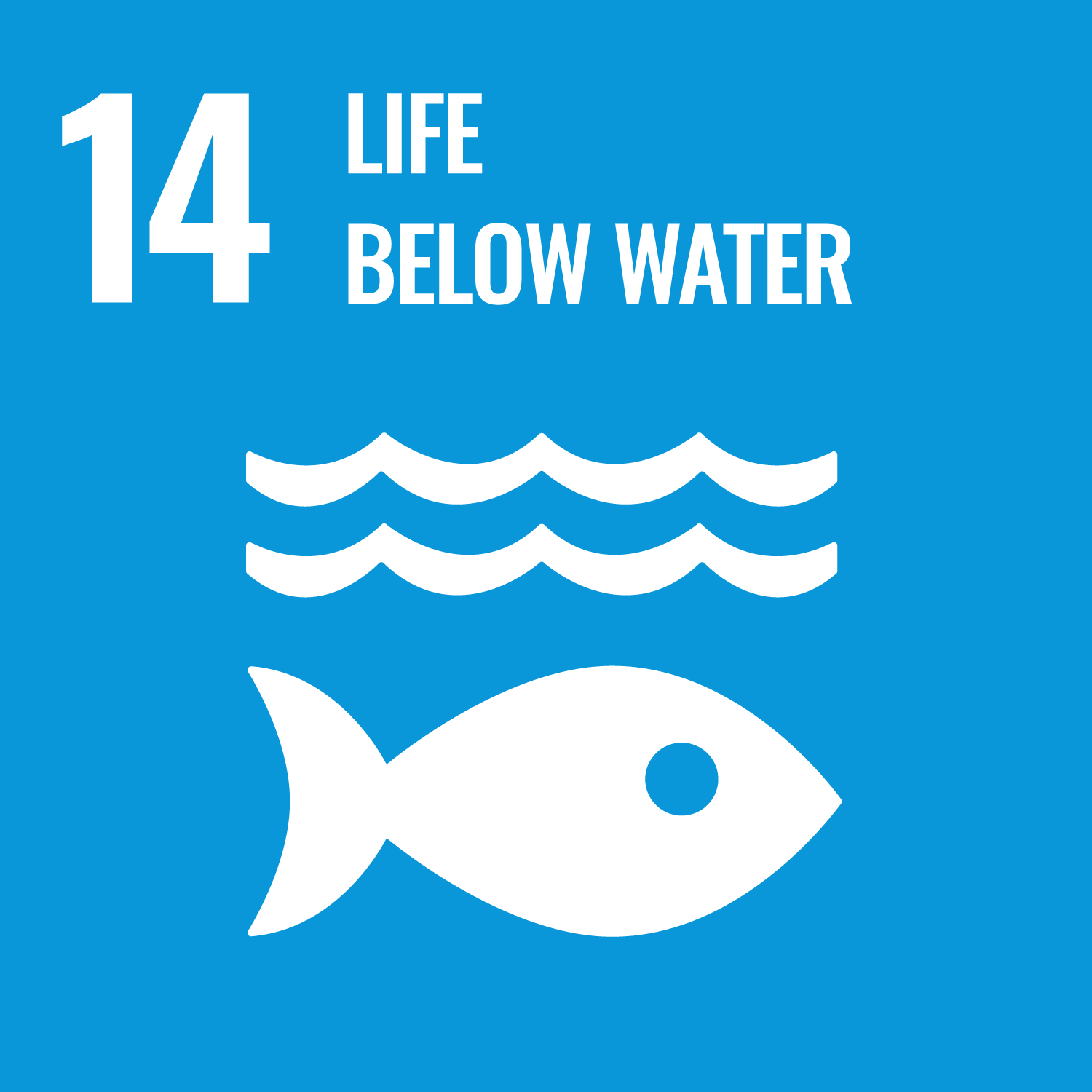ORCID
- Andrew Turner: 0000-0003-0505-4561
Abstract
Surface and subsurface sediment samples (n = 16) from the highly urbanised inner Thames Estuary (UK) have been physically and chemically characterised and analysed for anthropogenic microdebris. Sediments were gravelly sands throughout and were heavily contaminated by lead (Pb, up to 12,500 mg kg−1) and zinc (Zn, up to 9500 mg kg−1). Microfibres of mm-dimensions and retroreflective glass microbeads (median diameter = 188 μm) used in road markings were the most abundant types of microdebris present, and concentrations (as numbers, N) on a dry weight basis were spatially heterogeneous (ranging from about 4000 to 60,000 N kg−1 and 100 to 28,000 N kg−1, respectively). Nevertheless, concentrations of the two types of particle were significantly correlated and both displayed an inverse, non-linear relationship with sediment grain size. Road marking paint fragments of different colours were detected in most cases (n = 13) but quantification was difficult because of analytical constraints related to size, shape, colour, fragmentation and encrustation. Concentrations of up to about 500 mg kg−1 Pb were determined in isolated paint fragments but road paint particles are unlikely to make a significant contribution to Pb pollution in Thames Estuary sediments. Overall, our observations suggest that stormwater runoff is a significant source of multiple types of anthropogenic microdebris in urban estuaries, with additional, direct atmospheric deposition contributing to microfibre accumulation. More generally, it is recommended that studies of microplastics consider additional debris and sediment characteristics for a better understanding of their sources and transport.
DOI Link
Publication Date
2024-02-20
Publication Title
Science of the Total Environment
Volume
912
ISSN
0048-9697
Acceptance Date
2023-12-07
Deposit Date
2024-01-19
Embargo Period
2024-01-20
Funding
We thank Dr. Jodie Fisher, Mr. Richard Hartley and Mr. Glenn Harper for technical assistance throughout the study.
Additional Links
Keywords
Lead, Microdebris, Microplastics, Pollution, Stormwater, Urban
Recommended Citation
West-Clarke, Z., & Turner, A. (2024) 'Contamination of Thames Estuary sediments by retroreflective glass microbeads, road marking paint fragments and anthropogenic microfibres', Science of the Total Environment, 912. Available at: 10.1016/j.scitotenv.2023.169257



